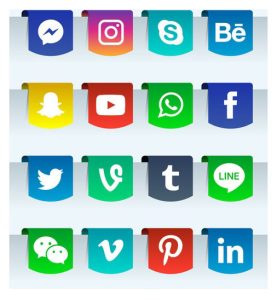Best Balance Board for Kids – Build Strength & Focus Through Play
Best Balance Board for Kids – Build Strength & Focus Through Play
A balance board for kids is one of the most effective and fun tools for building strength, coordination, and concentration—all while encouraging movement. Designed to engage the core, improve balance, and stimulate the mind, balance boards provide developmental benefits that go far beyond traditional toys. Whether used at home, in classrooms, or during therapy sessions, these boards turn active play into purposeful progress.
Strengthens Core Muscles and Stability
Using a balance board activates the abdominal muscles, glutes, and back—muscle groups essential for posture, stability, and mobility. As kids rock, wobble, or spin, they naturally engage their bodies to maintain balance. This motion strengthens the core and supports a healthy foundation for physical growth.
Regular use helps improve gross motor coordination, encourages upright posture, and makes everyday movements—like running, jumping, or climbing—more fluid and confident.
Enhances Focus and Mind-Body Connection
Staying centered on a moving surface requires attention and control. A balance board for kids helps children develop better focus, body awareness, and coordination between the brain and muscles. This connection plays a key role in academic performance, sports readiness, and emotional regulation.
Some balance boards are even used as seating alternatives in classrooms to help fidgety kids stay focused. The subtle movement satisfies the body’s need for motion without disrupting concentration.
Indoor-Friendly Movement Solution
Balance boards offer a smart way to keep kids active indoors. Unlike bulky equipment, they take up minimal space and require no setup. Whether it’s a rainy day, a break between lessons, or part of a home fitness routine, the board delivers a full-body workout in a compact, quiet format.
Boards can be used on carpet, rugs, or mats to adjust difficulty and provide a safe landing surface during play. Their low-profile design also makes them ideal for small spaces and multi-use rooms.
Versatile Designs for Different Ages and Skills
A balance board for kids comes in several styles, each offering unique benefits. Wooden rocker boards are great for gentle side-to-side movement and foundational balance. Curved wobble boards allow 360-degree motion and can also double as tunnels, ramps, or bridges in imaginative play.
Plastic tilt boards with textured surfaces are excellent for sensory feedback and are often used in therapy environments. Some models feature anti-slip surfaces or adjustable difficulty to support different age groups, from toddlers to preteens.
Promotes Active and Creative Play
Beyond physical development, balance boards inspire imaginative and open-ended play. Children turn them into surfboards, pirate ships, race tracks, or seats for quiet reading. The shape, texture, and motion invite exploration and spark creativity.
Adding a balance board for kids to a playroom, classroom, or therapy area enriches the space without adding clutter. It blends the boundaries between play, movement, and learning.
Supports Sensory and Therapeutic Needs
Balance boards are frequently used in occupational and physical therapy to help children with sensory processing challenges. The controlled movement provides vestibular input, helping regulate the body’s sense of balance and orientation in space.
Some boards include ridges, bumps, or massage textures for added tactile stimulation. This makes them suitable for children who benefit from sensory integration activities, especially when paired with routines that include deep pressure, stretching, or coordination tasks.
Portable, Durable, and Easy to Store
Most balance boards are made from durable materials like birch wood, composite plastic, or high-density foam. They’re designed to hold a wide weight range—often up to 150–200 lbs—and are light enough for kids to carry or reposition on their own.
Slim and compact, they slide under beds, into closets, or beside furniture when not in use. Their portability also makes them great for travel, therapy on the go, or moving between classrooms.
Long-Term Value for Development
From early preschoolers just learning to balance, to older kids using boards for dynamic exercise or mindfulness breaks, the balance board for kids grows with each stage. Many models support multiple uses—from movement games and sensory circuits to strength-building workouts and focus-friendly desk seating.
Durable and multifunctional, a quality board remains a favorite play and learning tool for years—well beyond the toddler stage.


